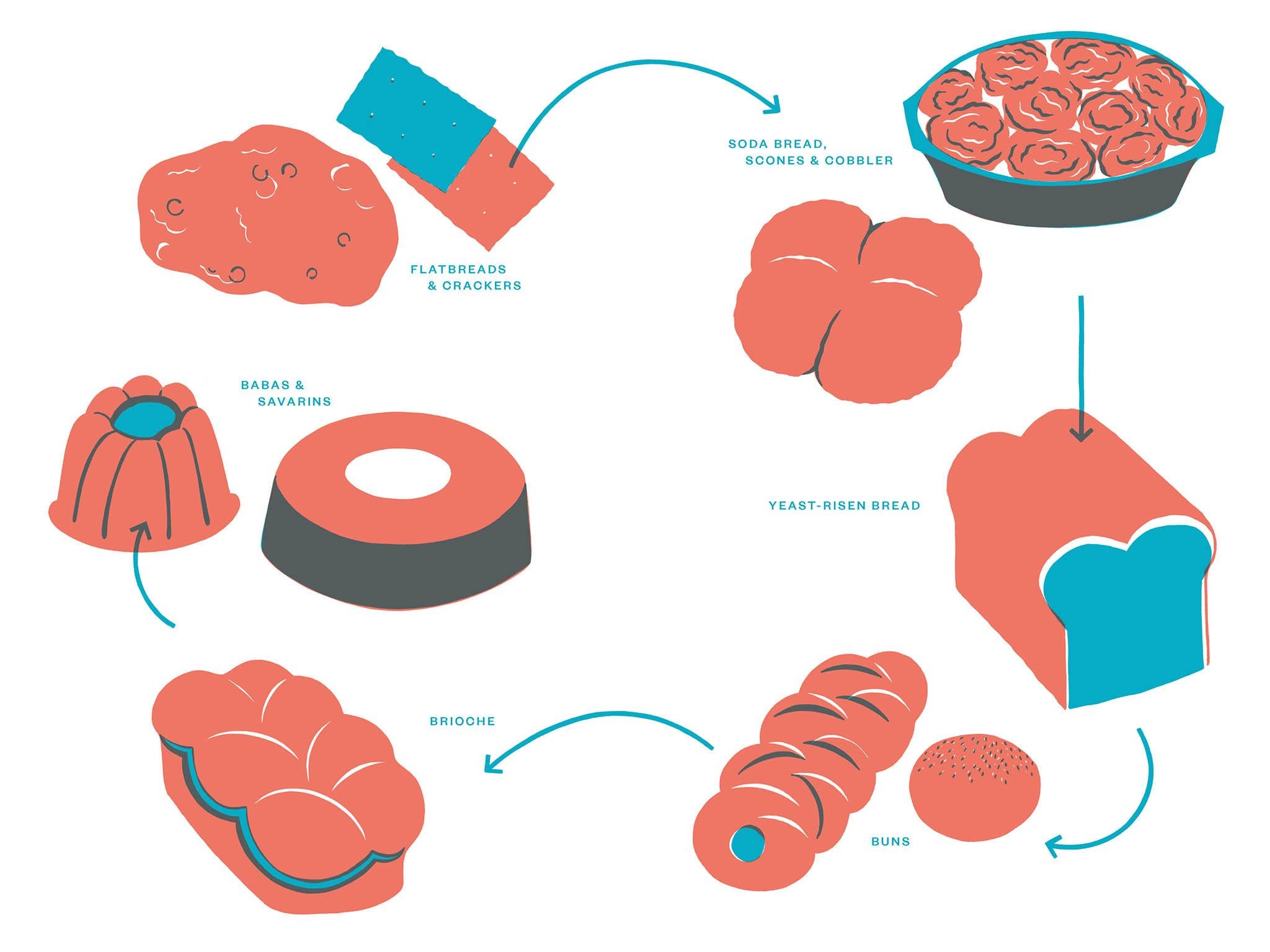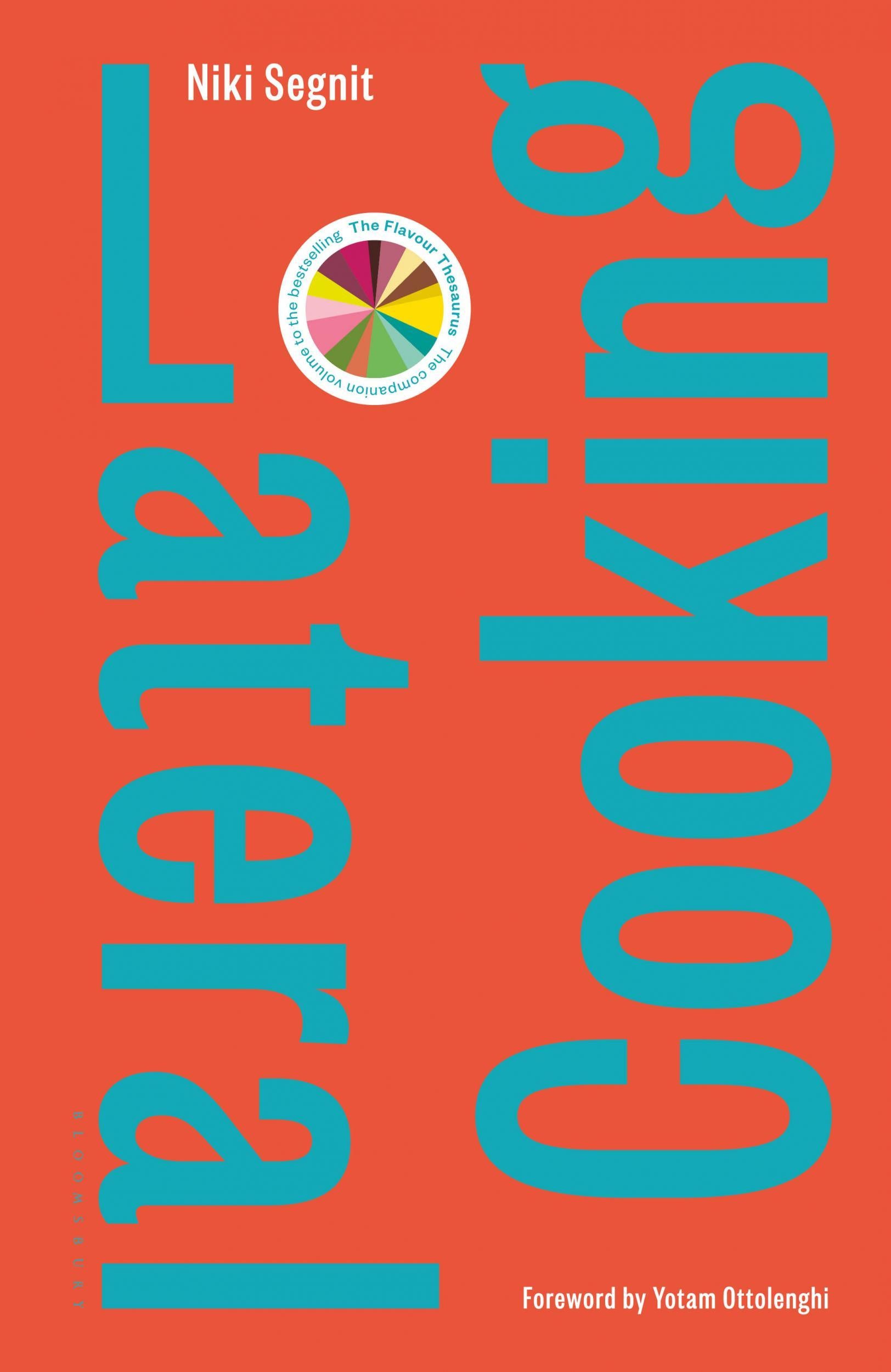Lateral Cooking: How memory can help build confidence in the kitchen
Using the premise that if we can master one recipe, then we've got the skills for a whole host of more complex dishes, Julia Platt Leonard finds Niki Segnit's second masterful book inspires her to attempt making strudel, for the first time


Your support helps us to tell the story
From reproductive rights to climate change to Big Tech, The Independent is on the ground when the story is developing. Whether it's investigating the financials of Elon Musk's pro-Trump PAC or producing our latest documentary, 'The A Word', which shines a light on the American women fighting for reproductive rights, we know how important it is to parse out the facts from the messaging.
At such a critical moment in US history, we need reporters on the ground. Your donation allows us to keep sending journalists to speak to both sides of the story.
The Independent is trusted by Americans across the entire political spectrum. And unlike many other quality news outlets, we choose not to lock Americans out of our reporting and analysis with paywalls. We believe quality journalism should be available to everyone, paid for by those who can afford it.
Your support makes all the difference.Have you ever stared blindly into a fully stocked fridge, yet still couldn’t decide what to make for dinner? Or frantically searched for a recipe even though you’ve cooked it a dozen times? Are you the proud owner of a mountain of cookbooks but still feel like you’re winging it in the kitchen?
If so there’s good news: Lateral Cooking by Niki Segnit. In a year that’s been a bonanza for cookbooks, this is the one I’d put top of my list.
The premise is very simple but extremely clever: if we can master one simple dish then we’ve got the start of a very clear path to creating a whole host of other dishes. Segnit calls these connected recipes continuums and the book is made up of 12 of them.
Start with something as fundamental but potentially daunting as bread. At its most basic it’s flour, water, yeast and salt. If you pare it back even more you’ve got unleavened flatbreads and crackers which are a doddle to make, she says – simply add enough water to flour to make a dough.
From there, it’s a small step to soda bread, scones and cobblers, then yeast risen bread and before you know it you’re making enriched breads like brioche, and batters for rum-soaked babas and savarins.
And it all begins, Segnit says, by committing to memory a rather simple formula of flour to water, yeast and salt. Suddenly, you’re not trying to remember ten recipes but simply understanding how one dish leads to another and how cooking is connected.
Segnit started the work eight years ago when her first book, the ground-breaking The Flavour Thesaurus was published. This book looked at flavour combinations – which ones worked and why.

Lateral Cooking was inspired by that work and is a companion volume although in no way a sequel. “They’re both for people looking for ideas and starting points. People who are into creative cooking no matter what the level,” she says.
There are no photos in Lateral Cooking, simply charming two-colour illustrations of dishes that make up the continuum, with arrows pointing from the first step, all the way to the end. The result is that you’re less caught up in what a dish should look like and more about how to get there, which is what Segnit wanted. “Pictures are the end, the perfect, ideal finishing point and this book is about starting points.”
With less fear about achieving your own Instagram-able moment, she hopes we’ll feel freer to cook. Once you’ve got the basics down, she suggests possible flavour combinations – both traditional and more unexpected – to vary your cooking. A section called “Leeway” lets you know ingredients you can add in, take out or substitute. It gives you permission to play, experiment and occasionally fail with out getting stressed out.
“I feel like we should cook more and be less hard on ourselves and just get on with it and say, ‘It’s cooking, it’s organic and sometimes it works out and sometimes it doesn’t.’ She adds, “Sometimes it’s wonderful and you pat yourself on the back and sometimes you’re struggling and saying ‘Okay it’s food units for lunch today darling, because it just didn’t turn out that great.’ And that’s okay.”
Lateral Cooking is well-researched (check out the eight-page bibliography in the back if you’re sceptical), well-constructed and written by someone who clearly loves words, books and language. What book – let alone cookbook – effortlessly weaves in stories of Moby Dick, Sylvia Plath and Henry David Thoreau into its pages?
And it’s the humour she deftly employs to make a point, such as likening crepes to 10-denier stockings while griddle pancakes are sturdier woolly tights or stating succinctly that, “Marzipan is, of course, edible Play-Doh.”
When describing how to create dimples in focaccia she says: “Finally, poke it all over with your index finger, as if you were a rather insistent person making a point.”
It’s this humour combined with Segnit’s belief that properly explained we can do so much more in the kitchen with less stress and more joy.

Her writing has gained Segnit a loyal following, including chef and food writer Yotam Ottolenghi who wrote the foreword to Lateral Cooking.
He’s a fan and credits The Flavour Thesaurus as his go-to book for pairing flavours. Powerful praise indeed from someone who has done so much to shape the way we eat and think about food.
After talking to Segnit, she’s convinced me that I can do anything in the kitchen, including making strudel, something I’ve never attempted before.
I need time, space and a realisation that the first batch might not be the best, she says. But eventually I’ll create whisper thin sheets of pastry. With a copy of Lateral Cooking in hand, she might just be right.
'Lateral Cooking' by Niki Segnit, published by Bloomsbury is out now (£35)
Join our commenting forum
Join thought-provoking conversations, follow other Independent readers and see their replies
Comments